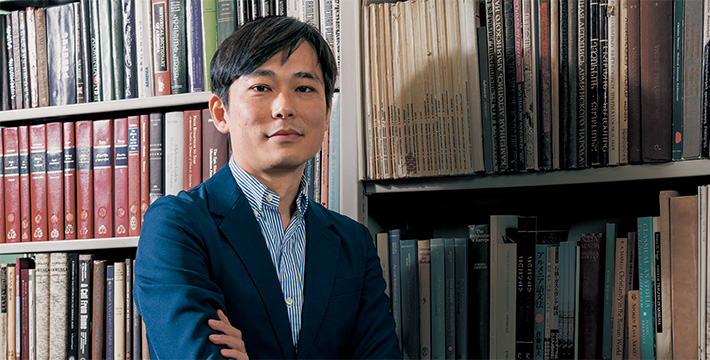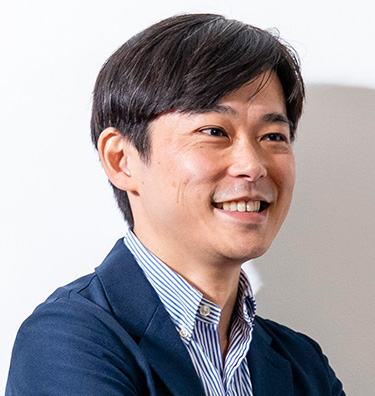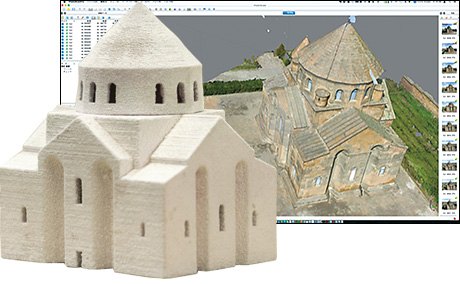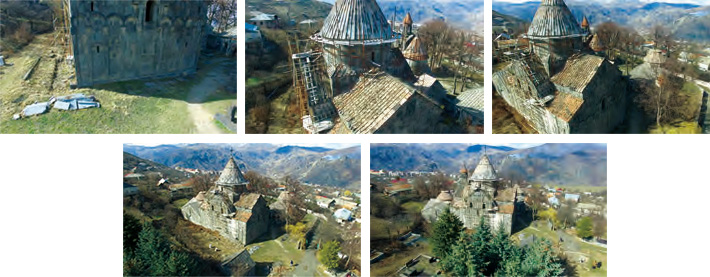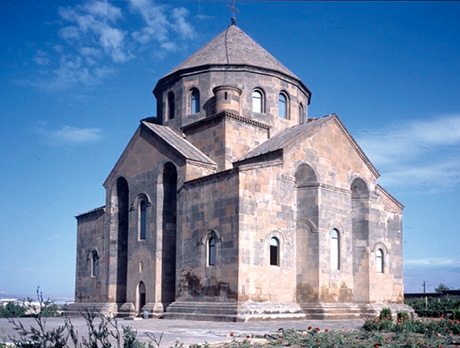
Influenced by his father, who worked in building design, Fujita entered the Department of Architecture and Building Engineering at Tokyo Tech. While learning architecture, he realized that, rather than designing and constructing his own buildings, he wanted to learn about the process of design itself, and how building forms develop. "After a few years at Tokyo Tech, I realized there was a discipline of architecture that wasn’t about constructing buildings, and I found myself really drawn to it."
In the master’s course, he studied under Professor Shiro Sasano. Sasano invited him to accompany him to Armenia for a survey of church architecture. "Initially, I had this vague idea of studying Islamic architecture. But as I was learning about Armenia, I realized that my interest was in the exchange of architectural culture, and so Armenia, on the fringes of the ancient Roman Empire and at the crossroads between East and West, was much more suited to that than Islamic architecture. And twenty years after that realization, here I am," Fujita says, laughing.
Surveys of historical architecture involve, in addition to surveys for purely architectural history purposes, surveys designed with an eye towards preservation and restoration of buildings. In these latter surveys, Fujita enlists the help of researchers in seismic engineering and building structure, and they carry out structural analyses and strength tests using stone samples. "In the West, research into the history of church architecture is mainly part of art history. But in Japan, architectural history is an engineering category, and we look at architecture from a technological perspective as well. This is a strength in doing research in the regions, and, with the help of researchers from Tokyo Tech and other places, I hope to be able to put back some of our research results into the area as a way to contribute."

Spare moments in the midst of surveys are rare, but meals are a fun break.
There are a number of issues in terms of preserving historical buildings. In addition to the obvious issue of that country’s economic situation hampering preservation, there are also the problems of getting locals to understand the historical significance of these buildings, and avoiding damaging the value of these buildings when renovating them for increased convenience. "While the buildings there are part of the cultural heritage of humanity, they are, more than anything, where the local people live their lives. We can’t push our values on them; we need to come up with ways to protect the buildings appropriately while ensuring the locals’ spaces; we need to share them. Unfortunately, at present there’s a lack of connections between researchers and restorers in the countries we’re surveying."
Getting back to pure architectural history research, Fujita says, "The historical value of the buildings in this area hasn’t actually been properly established. As a researcher of architectural history, I want to be able to explain what meaning this group of buildings has within the larger flow of the history of architecture. I’ll always be considering ‘ why is this building shaped as it is ’ wherever I go."
. Any information published on this site will be valid in relation to Science Tokyo.


